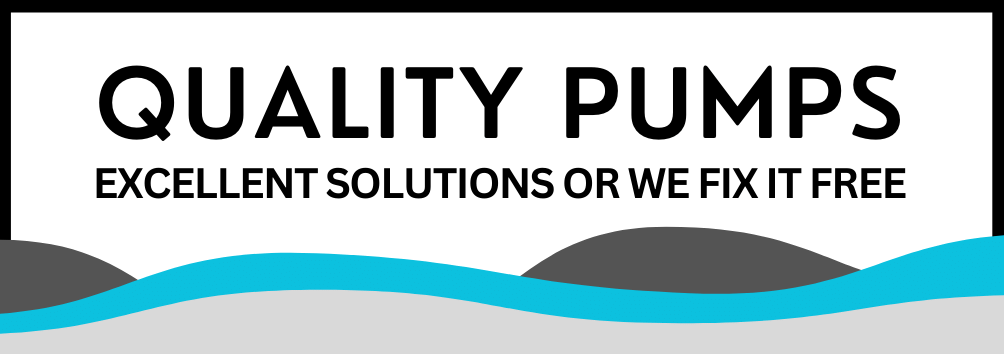What Pump Does My House Need?
Hi. Are you needing a pump for your house or one of your client's houses but aren't sure what you need? If you are, then you are 100% in the right place. This short post will cover the different types of setups you may require. At the bottom, there is a free downloadable Quick Pump Selection Guide. This will give you a quick and easy reference to the commonly used pumps in domestic house pressure systems.
Let's Dig In!
Firstly, we are going to cover the most common typical setup. This is when you or your client have an above-ground water tank.
These are best set up with the pump as close to the tank as possible and a PVC Pressure Pipe feeding the pump inlet. This allows the pump to work most efficiently, contributing to its longevity.
The most common types of pumps used for this application are Jet Pumps. These are what most people think of in terms of domestic water supply. Jet pumps are great for applications with less than ten metres of static head. This means they are typically used on single-story houses and smaller double-storey houses.
For applications where the static head is over ten metres, we would recommend using a multistage pump (such as the REEFE® VSRE Range).
Multistage means that there are multiple impellers within the wet end. Each time the water passes through another impeller, the pumping pressure increases.
In applications where the water source is below the ground, it is recommended to use a Submersible Multistage Pump. These pumps are submerged in the water instead of beside the tank (Dry-Mount). Jet pumps can often be used when the water source is below ground level, as they can re-prime up to 9m. However, you should carefully consider the NPSH when using a multistage pump when suction lifting, as they do not have the re-priming abilities of a jet pump.
Usually, you would need to buy a separate pressure controller, which would be mounted out of the tank and wired into the submersible pump. A PC (Pressure Controller) comes standard with most dry-mount pumps. This is not needed with the new REEFE® RPS Range, which all come with an inbuilt PC, which makes installation much easier for the plumber and saves a lot of time, and time is money, right?
Lastly, we will review what Rain to Mains Systems/Valves are and why you probably need one.
A Rain to Mains Valves is an addition that you can put anywhere in your pressure line. They are shaped like a 'T' piece; the pump flows through the bottom and the mains through the top.
These handy little valves are usually electronic and can detect the pressure from the pump and the mains. When your tank runs dry, the pressure from the pump will drop as it has no water left. The valve detects the pressure drop and opens the mains. This allows you to automatically switch from Rain to Mains (and back) without needing to do anything.
Innovation has allowed us to do this entirely hydraulically and at a similar price. This not only removes the need for electricity but lasts much longer as well. RainPro® are the most common brand of these and are available right here on the website.
Now for what you have been waiting for (the free stuff!).
Please fill out the below form and get sent the quick pump selection guide we mentioned at the beginning.
Over and out from me, I trust this has been helpful.

